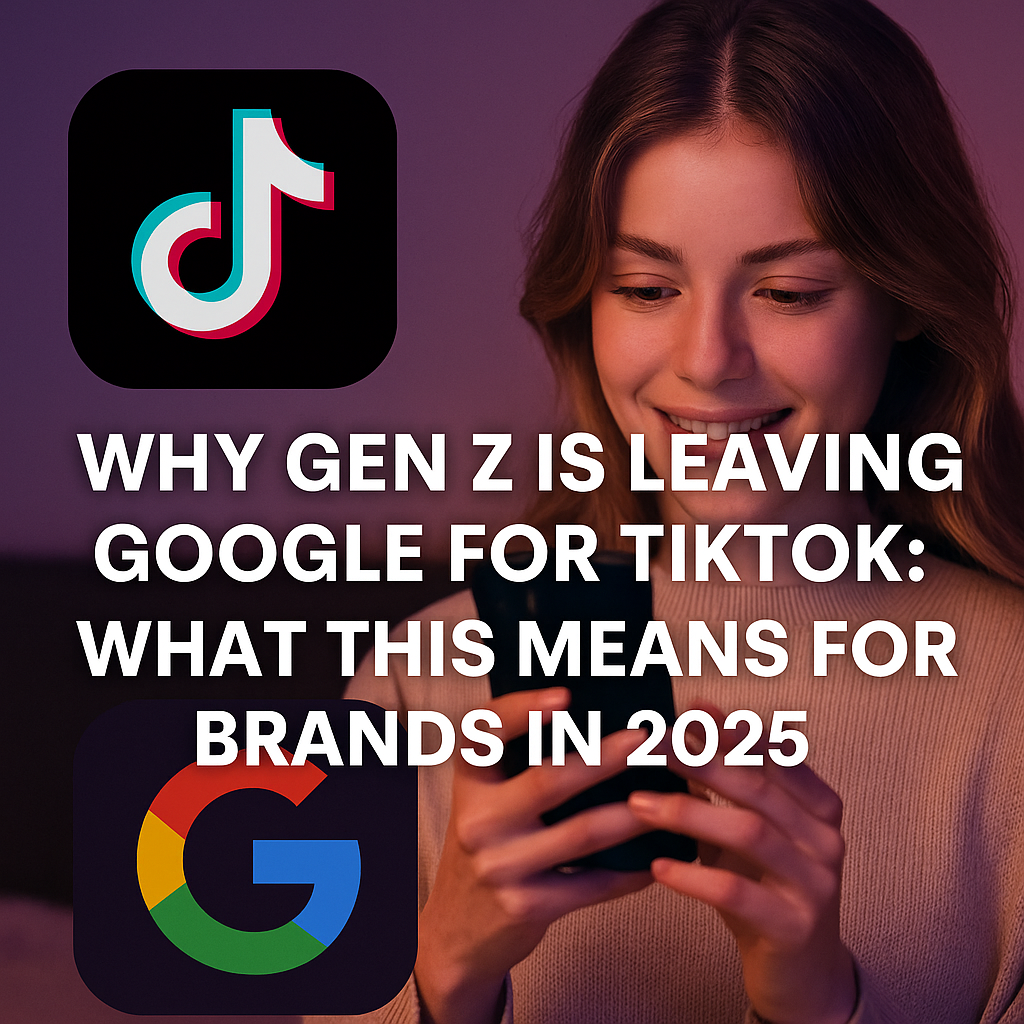

Ironically, it appears that two of the most significant venture backed exits of the year, SpringSource’s acquisition by VMWare this week and OpenTable’s IPO in May, had a DownRound and a Cramdown respectively on their way to leading hope for a return of VC liquidity events.
In fact, if you combine OpenTable’s day one market capitalization to the total consideration for SpringSource’s acquisition, the dollar amount exceeds $1 billion. To put that number into perspective in the current environment, it’s roughly 5X greater than the value of all venture backed internet, software, and media/communications companies acquired in Q2 of 2009 (based on NVCA data).
More importantly, these adjustments in pricing (also known as “dilutive issuances” in the case of Down Rounds and “reorganizations” in the case of Cramdowns) may have had a much more detrimental effect on investors than they did on founders.
The charts that follow illustrate why, in many cases, founders that survive a Down Round or a Cramdown through a company’s ultimate acquisition or IPO a) usually make out better than many of the VCs in the deal and b) ALWAYS make out better than companies that fail to secure the next venture round needed to stay in business.




So this first example is based on capitalization data Liquid Scenarios extrapolated from an 8K filing by VMWare concerning their acquisition of SpringSource. Based on that data, it appears SpringSource’s Series A round was priced at $1.031 per share, whereas their Series B round was priced at approximately $0.887 per share. By definition, that’s a Down Round.
If you look at the related estimated payout for Founders you will not that the system projects 1,000X returns after the Down Round. Moreover, it’s common that other management incentives, such as stock options, are either re-priced or that additional options are granted at a lower price to management following a Down Round.




Even though Benchmark Capital invested in SpringSource’s first round, their cash-on-cash return multiple is projected to be slightly lower than Accel Partners’, because their average cost per share is slightly higher, as a result of what appears to be Down Round based on VMWare’s 8K filing.
So, as you can see in this example, the Founders’ still made out well despite the Down Round. However, the investors in the prior round had a more material adverse event as a result of the dilutive pricing.


Around April of 2003, it appears that OpenTable’s Series A, Series B and Series C stock originally issued to a large group of investors was converted (crammed down) to common stock. In order to maintain liquidation preferences, control and any hope of substantial upside, venture capitalists had to put even more money into the company, or end up with only common stock.
Two firms that did continue to invest were Benchmark Capital and Impact Venture Partners. The diagrams above are from Liquid Scenarios estimates as of April 11, 2003, which show the state immediately prior to the New Series A. If Benchmark Capital and Impact Venture Partners had not put additional cash into the deal, the slope of their payout line would be almost exactly like the slope of management’s payout line. However, their return multiple would be substantially lower than it was prior to the Cramdown, whereas management’s would still be thousands times more than their cash investment. Most of the investors in OpenTable’s original Series C, Series B and Series A rounds had return curves similar to what’s shown above, because they were unable or unwilling to put additional cash in at the lower valuation.
So if you are ever faced with the possibility of a Down Round or even a Cramdown, the best defense may be sticking around. If you can, it’s possible that your deal could end up as a top IPO or acquisition.
Coaster Image Source: Design Gone Wild
All other graphics, diagrams and callouts generated in Liquid Scenarios(R).




















